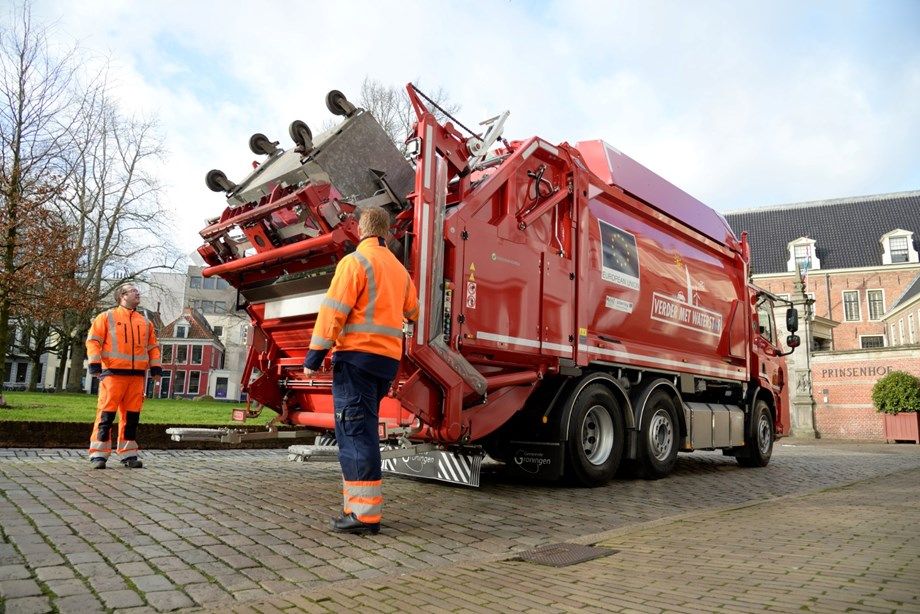Kindly see my latest FORBES article: Thanks for reading and sharing and stay safe!
#cybersecurity #internetofthings
By 2025, it is expected that there will be more than 30 billion IoT connections, almost 4 IoT devices per person on average and that also amounts to trillions of sensors connecting and interacting on these devices.









